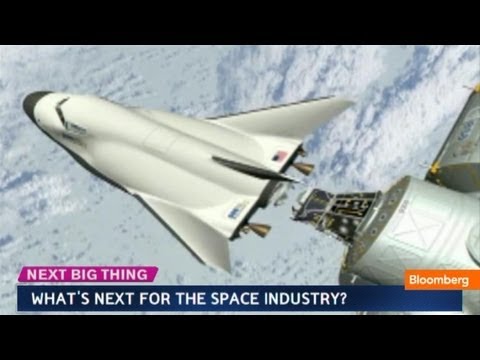Artemis I: We Are Capable
Through Artemis, the twin sister of Apollo, we are returning to the Moon. This is Orion, the only human rated spacecraft in the world capable of deep space travel. And now, the Space Launch System, NASA’s most powerful rocket since the Apollo era, stands ready. Having undergone and passed numerous tests. the time has come to complete the journey. With hardware originating from every state in the nation, and from partners around the world, Artemis 1 will be the first flight test of each of these components now assembled together. These two solid rocket boosters will provide more than 75 percent of the thrust necessary to leave Earth. Each booster stands 17 stories tall. A full segment more powerful than the SRBs of shuttle. Together these boosters are capable of 7.2 million pounds of thrust and will burn for the first two minutes of flight. The core stage, at 212 feet, is the tallest rocket stage NASA has ever built. With the rocket’s flight computer secured inside, the core stage is designed to hold 2.3 million pounds of fuel. The 196 thousand gallons of liquid oxygen and the 537 thousand gallons of liquid hydrogen will combine to provide eight and a half minutes of propellant to the four massive RS-25 engines mounted below. As proven workhorses of the shuttle fleet, each RS-25 engine has a legacy all its own. Together, these 4 engines provide 2 million pounds of thrust and, with the SRBs, are capable of pushing Orion to a speed of 17 thousand miles-per-hour. The Interim Cryogenic Propulsion Stage is a 45 foot tall upper stage that offers Orion nearly 25 thousand pounds of thrust. Performing two separate burns, the ICPS will first raise Orion’s orbit and, then, later propel it out on a trajectory to the Moon. The ICPS is powered by a single RL10 engine that will perform these two burns. This storied engine has propelled robotic missions to every planet in the solar system, including Voyager 1 and Voyager 2. The first space probes to reach interstellar space. Orion Service Module, provided by the European Space Agency, is the powerhouse that fuels and propels Orion in space. It stores the spacecraft’s propulsion, thermal control, electrical power, and critical life support systems such as water, oxygen, and nitrogen. Orion’s crew module is the pressurized segment of the spacecraft, where future crews will live and work on journeys to the Moon. Capable of accommodating four crew members for up to 21 days. This capsule includes state-of-the-art avionics, innovative crew systems, and the largest heat shield of its kind for entry back into the earth’s atmosphere. Positioned at the top of Orion is the Launch Abort System, designed to pull the crew to safety in the event of an emergency on the pad or during launch. Three solid rocket motors can activate in milliseconds, accelerating from zero to 500 miles-per-hour in two seconds to propel Orion and crew safely away from the rocket. Now, fully assembled Artemis I stands at 322 feet. Artemis is no longer a series of separate parts and programs. United together, this is the first of Artemis’s arrows, capable of ushering in the next chapter of human lunar exploration. Only together, this mighty system represents all that is possible. All that we are capable of, when united around a stunning vision. With each component playing its part in a grander effort, we the people of NASA and our partners, we the people of the Artemis generation, all around this beautiful world, will bear witness to what we are capable of. Together. We are going back to the Moon!













